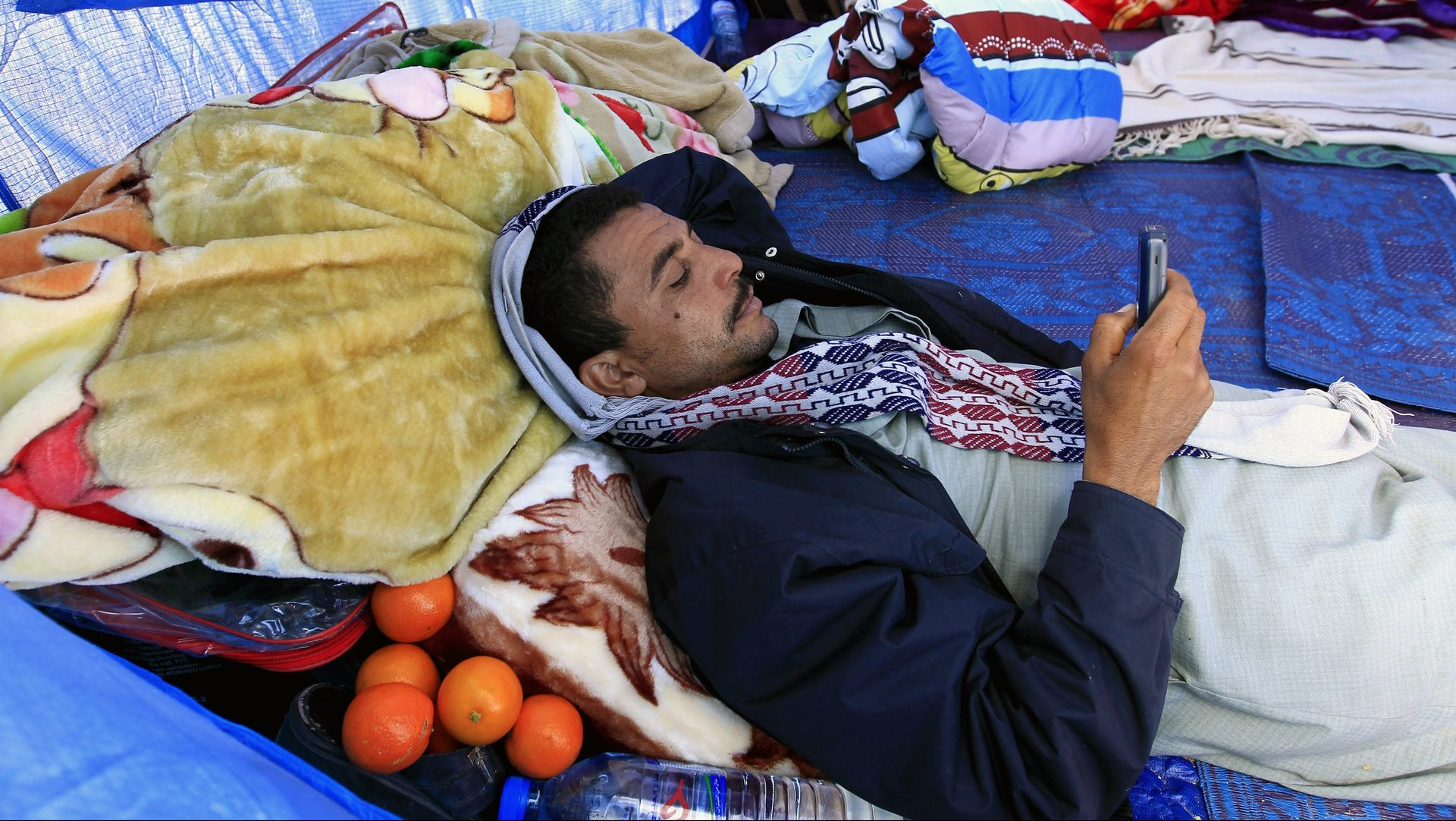Africa still lags behind in using innovation to connect refugees
When refugees and immigrants arrive on the shores of Europe, there’s a website that instructs them on where and how to claim asylum. There’s Gee Cycle, which helps them access smartphones donated by people who have upgraded their devices. The Refugee Info Bus gives them access to Wi-Fi, and Refugees on Rails trains them as software developers to improve their chances on the labor market. There’s also Refugees Welcome, an “Airbnb for refugees,” which connects them to families with spare rooms or houses.


When refugees and immigrants arrive on the shores of Europe, there’s a website that instructs them on where and how to claim asylum. There’s Gee Cycle, which helps them access smartphones donated by people who have upgraded their devices. The Refugee Info Bus gives them access to Wi-Fi, and Refugees on Rails trains them as software developers to improve their chances on the labor market. There’s also Refugees Welcome, an “Airbnb for refugees,” which connects them to families with spare rooms or houses.
These are a slew of the innovations that have greeted refugees who have been trickling into Europe over the last few years. But across sub-Saharan Africa, where close to 30% of the world’s refugees live—compared to just 6% in Europe—technology is yet to surface as a problem-solving tool. According to a yet-to-be-released report from independent think tank Samuel Hall, four out of the top seven countries building tech solutions for refugees are in Europe. Where countries like Germany have 19 apps dedicated to helping refugees, Ethiopia, the largest refugee-hosting nation in Africa, only has one app.
With more than 65 million people on the move, the world is experiencing the highest levels of displacement on record. For the displaced individuals, who have lost everything, technology has become a tool to stay connected with the families they left, report human rights abuses, and stay anchored in the new nations they have arrived in. For governments and start-ups, technology has become an answer, a way to crowdsource and seek solutions for the crisis.
But that doesn’t seem to be the case in Africa. Samuel Hall’s report looked through innovations that were active for more than six months and accessible through online search and found that there was a huge digital divide based on geographical locations. Hall found that no hard data existed on what apps and innovations were needed by displaced refugees in Africa. They also found that most of the hackers and tech entrepreneurs were innovating to support the refugees closest to them.
Ben Hounsell, a senior researcher at the think tank, told Quartz that the disparity and knowledge gap was palpable “particularly given the large number of refugees based in sub-Saharan Africa and the relatively low press coverage afforded to refugee movements in Africa compared to Europe.”
The chasm between innovation and displacement in Africa is surprising, given the increased adoption of smartphones and data use across the continent. The technology would also be of immense help to the displaced refugees—some of whom are stuck in city-size camps for decades. Organizations like Kenya’s iHub have realized this potential, training refugees in Dadaab on designing and testing Android applications. Both the South Africa and Kenya Red Cross have developed apps to help increase their humanitarian services. Techfugees, an online community that responds to the needs of refugees, also launched its Kenya branch last week (Feb. 22).
Hounsell says the tech community and governments “need to do is listen and understand” so that they can develop impactful innovations. “Where new innovations need to be developed, it should be done alongside and with the refugee community.”